
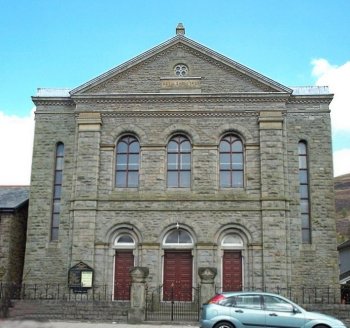 |
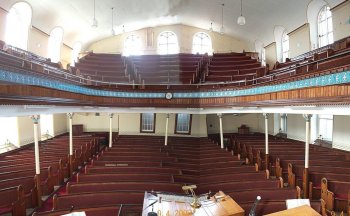 Original chapel was built on this site in 1869 and rebuilt to its present size in 1881. |
This Chapel is one of numerous ecclesiastical buildings of all denominations built in South Wales during the second half of the 1800's which were heated by Perkins HPHW pressurised heating systems.
Most Chapels unlike the majority of Church of England buildings are constructed with internal tiered balconies. Bethlehem Chapel is heated by a three circuit endless loop system which has additional pipe circuits routed around the front and sides of the balcony. Unlike the single storey churches this arrangement with pipework at two levels made it necessary for special air vent fittings to be installed at the upper level to allow the pipework to be flush vented from the bottom of the system.
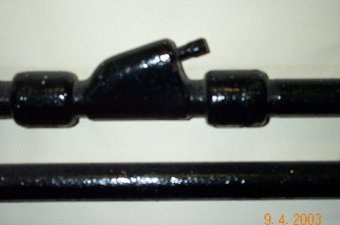 This type of fitting has
only been found in buildings in South Wales
so they may be a peculiarity to this area. |
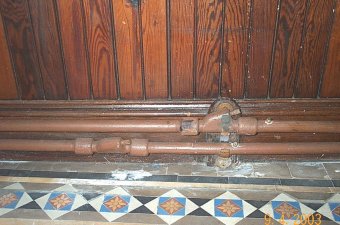 |
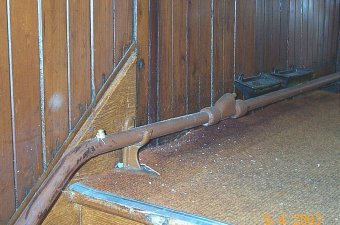 |
The inability of present day heating firms to understand the basic principles of a Perkins sealed and pressurised heating system is made abundantly clear in this installation. Small size air vent cocks have been drilled and tapped into the hydraulic tubing by the firm so that the pipework could be air vented after repairs were carried out to the system to correct a water leak. That these air cocks have been fitted right next to the Perkins system's own purpose made air vents shows an appalling lack of knowledge and judgement which has completely destroyed the integrity of the hydraulic quality tubing.This heating system sadly is no longer a true Perkins pressurised system, but remains in name only.
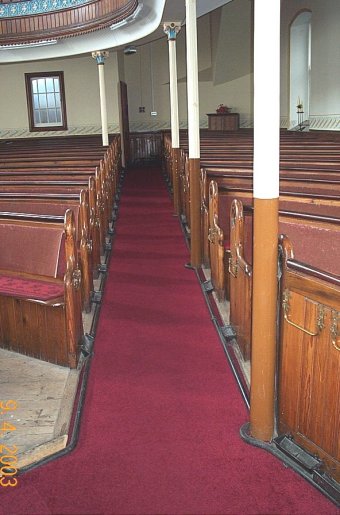 All the pipework is fitted at
floor level and is formed
closely around anyobstructions such as columns and plinths. |
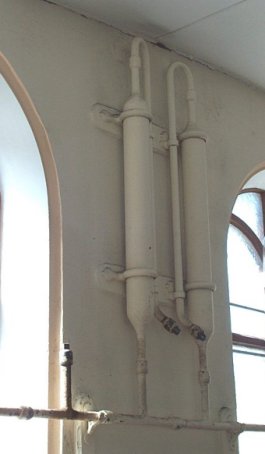 Two equi-size
expansion pipe vessels at
the system's highest point complete with the top-up and venting connections. Because of the very high
operating pressures
and temperatures of the Perkins system special long spanners were provided to securely tighten these plugs.  |
CIBSE HERITAGE GROUP
APRIL 2003


